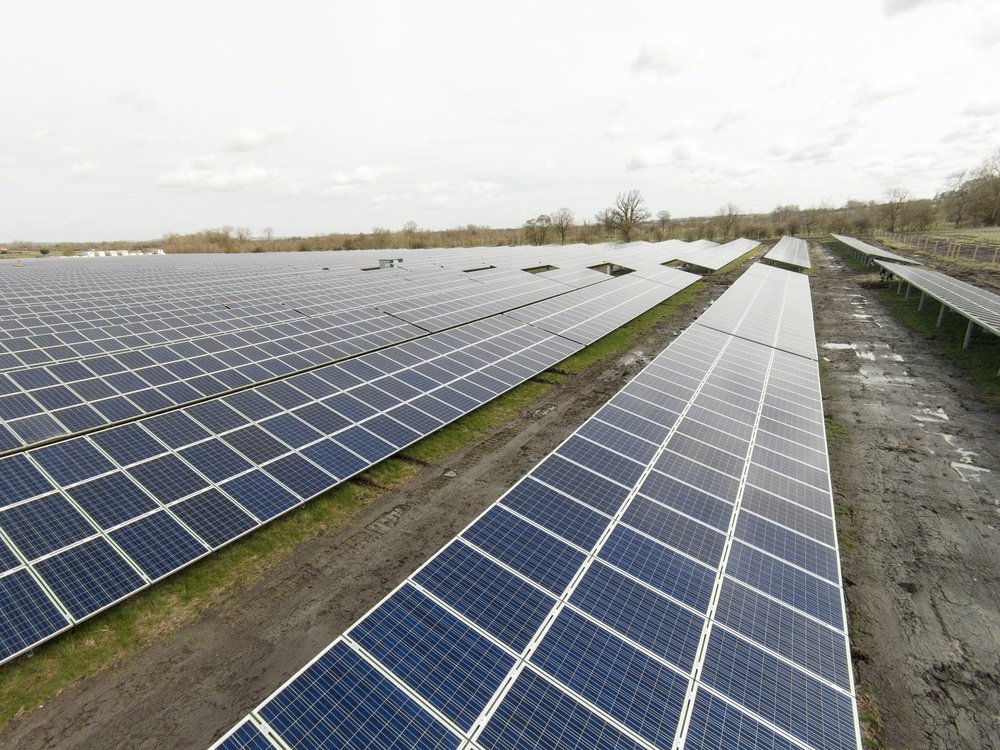The rollout of the Green New Deal will hit some roadblocks. But its overarching theme is that the nation should go totally green by 2030 to avert the irreversible effects of climate change. It’s the latest volley in the war of energy ideas — one that must ultimately address jobs, the economy and cost.
President Obama’s New Energy Economy is just a prelude to this concept. In 2008, modern energy technologies had promise but they remained nascent and required public support to get them into the game. Wind and solar energy are now major players as a result — bipartisan efforts that have become economic drivers across America. Indeed, wind and solar energies are becoming cost-competitive in their own right and only need battery storage to change the entire electricity paradigm.
But Obama’s stimulus was just Phase One. Phase Two sets out to speed up the current green wave by investing more in wind and solar technologies, electric-vehicles, energy efficiency, public transportation and smart grids that make more room for green electrons. The projects, meanwhile, would go into at-risk communities as well as those that are now dependent on coal.

“If we lay the groundwork now, we can build toward post-Trump enactment of a new economic vision — a federal Green New Deal that mirrors the policy victories we’re starting to see at the state level,” says the Sierra Club. “A nationwide ‘deal’ that wields the economic levers of government … to train workers and help communities to build climate-resilient roads, remove lead from drinking water, and expand our clean-energy grid.”
Given the name of the endeavor, one can’t help but harken back to when the New Deal was created in the 1930s — a proposition that seeks to provide safety nets to Americans in times of personal crisis. Along those lines, the Green New Deal is a concept that could undoubtedly evolve and be shaped to conform to the times.
But it must first become politically viable. And right now, that’s not possible for a number of reasons: the U.S. president is a climate skeptic while the U.S. Senate is controlled by members who are dubious of the cost. According to the American Action Forum, the proposal would likely require at least $1 trillion in new regulatory costs.
Read more: Forbes


